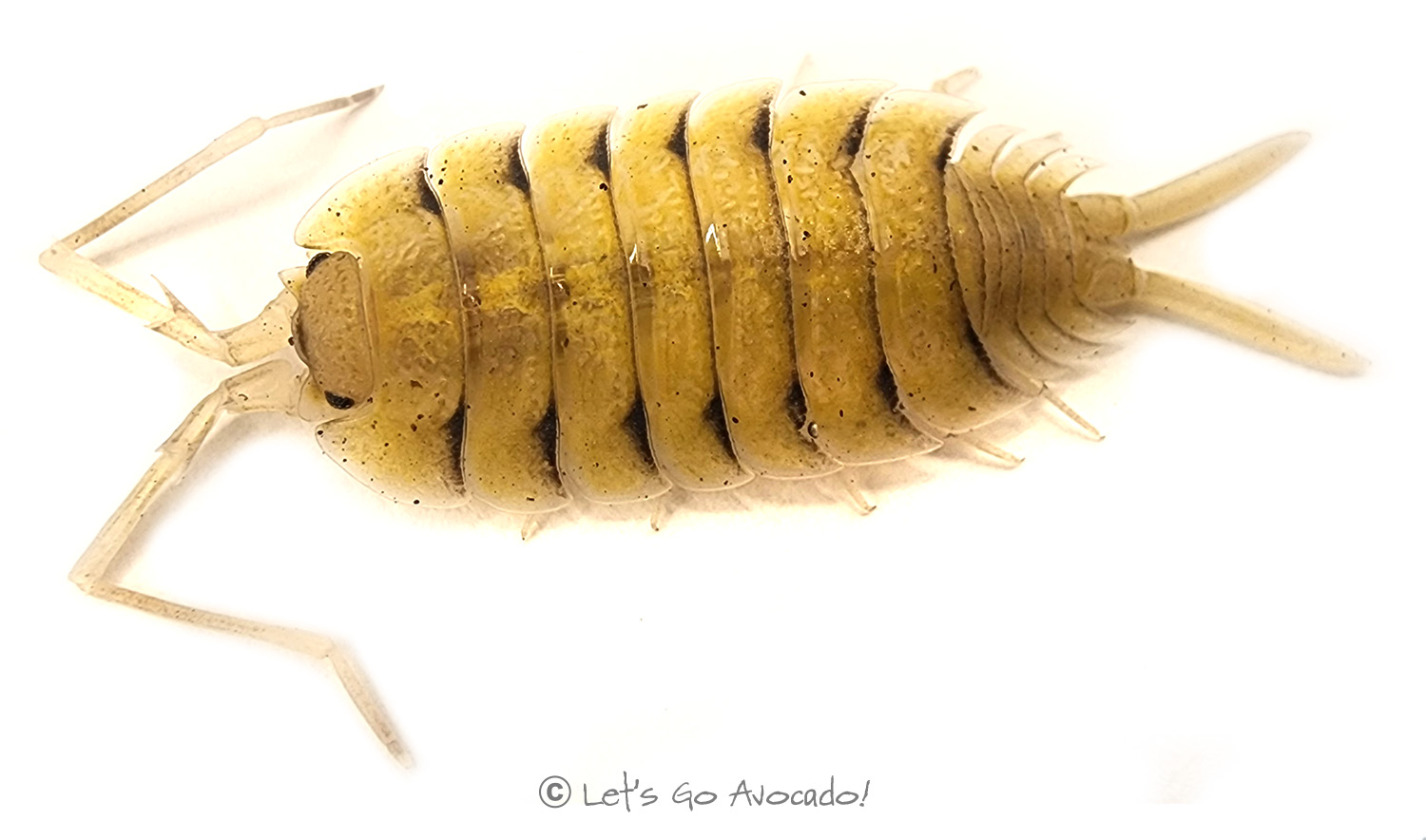

Porcellio Bolivari
porcellio bolivari
This page may contain affiliate links.
Read our disclosure and privacy policy here.
Procellio bolivari isopodsAn isopod is a type of small creature that belongs to the crustacean family, just like crabs and lobsters. They have a special body shape with a hard outer shell, which protects their soft insides. Learn More are known for their large size and distinct yellow coloration. They are native to Spain, and considered one of the most popular isopods to keep as pets. Their large size makes them very interesting and easy to observe. They have a bright yellow carapace with black bands along each section, and are edged in white.
Porcellio Bolivari

There’s a lot to explore right where we are, in our own neighborhoods and backyards! Join us while we get off the couch and explore the everyday wonders of nature, science, space, engineering, art, and anything else we stumble upon during on our adventures.







